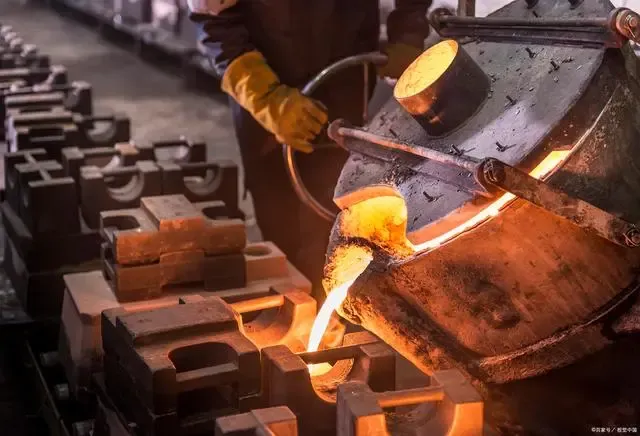Mobile:+86-311-808-126-83
Email:info@ydcastings.com
Exploring Various Techniques in Die Casting for Enhanced Manufacturing Efficiency
Die Casting Methods An Overview
Die casting is a manufacturing process that involves forcing molten metal into a mold cavity under high pressure. This versatile and highly efficient method is widely used in various industries to produce complex shapes with precision. There are several die casting methods, each suited for specific materials and applications. In this article, we will discuss the most common die casting methods hot chamber die casting and cold chamber die casting.
Hot Chamber Die Casting
Hot chamber die casting, also known as pressure die casting, is a process in which the die casting machine has a chamber that is kept at a high temperature. The metal is melted in the chamber and is then injected into the mold. This method is particularly suitable for low-melting-point alloys such as zinc, copper, and lead.
The hot chamber process is characterized by its efficiency and speed, making it ideal for high-volume production runs. The continuous melting of the alloy in the chamber minimizes waste and reduces the time between melting and casting. Moreover, due to the rapid cycle times, manufacturers can produce high-quality components with consistent dimensions.
However, hot chamber die casting has its limitations. Since the molten metal comes into direct contact with the machine's components, it is not suitable for metals that have high melting points, such as aluminum or magnesium. The corrosive nature of some alloys can also wear down the machine more quickly, leading to increased maintenance costs.
Cold Chamber Die Casting
In contrast, the cold chamber die casting process is used for materials that have higher melting points. In this method, the metal is melted in a separate furnace and then transferred to a cold chamber, where it is injected into the mold. This process is ideal for aluminum, magnesium, and other higher-melting-point alloys.
die casting methods

One of the key advantages of cold chamber die casting is its ability to produce parts from a wider range of materials, including those that are not suitable for hot chamber processes. This flexibility makes it a preferred choice for manufacturers looking to create components with specific mechanical properties and thermal behaviors.
Moreover, since the metal does not flow through the injection mechanism, the machinery experiences less wear and tear, resulting in lower maintenance requirements. However, the cold chamber process tends to be slower compared to the hot chamber process due to the additional time required for moving the metal from the furnace to the chamber. As a result, it is typically used for lower-volume production runs.
Pressure Casting versus Gravity Casting
While die casting primarily refers to the high-pressure methods described above, it is important to note that gravity casting is another method that can produce similar results but operates under different principles. In gravity casting, metal is poured into the mold until it fills the cavity under the force of gravity. This method is generally used for larger parts and is less expensive than pressure die casting methods; however, it does not provide the same level of precision and surface finish.
Applications of Die Casting
Die casting finds applications across various industries. Automotive manufacturers commonly use it to produce engine components, housings, and transmission parts due to the high strength-to-weight ratio achieved with die casting. The consumer electronics industry also relies on die-cast components for structural and decorative parts in devices. Other applications include aerospace, toy production, and plumbing fixtures.
Conclusion
Die casting is a crucial manufacturing process that significantly contributes to the production of high-quality, intricate components across diverse industries. By understanding the differences between hot and cold chamber die casting methods, manufacturers can choose the most appropriate technique for their specific needs. As technology advances, die casting continues to evolve, offering improved efficiency, accuracy, and versatility in metal manufacturing. Whether for high-volume production or specialized components, die casting remains a cornerstone of modern manufacturing practices.
-
Why Should You Invest in Superior Pump Castings for Your Equipment?NewsJun.09,2025
-
Unlock Performance Potential with Stainless Impellers and Aluminum End CapsNewsJun.09,2025
-
Revolutionize Your Machinery with Superior Cast Iron and Aluminum ComponentsNewsJun.09,2025
-
Revolutionize Fluid Dynamics with Premium Pump ComponentsNewsJun.09,2025
-
Optimizing Industrial Systems with Essential Valve ComponentsNewsJun.09,2025
-
Elevate Grid Efficiency with High-Precision Power CastingsNewsJun.09,2025











